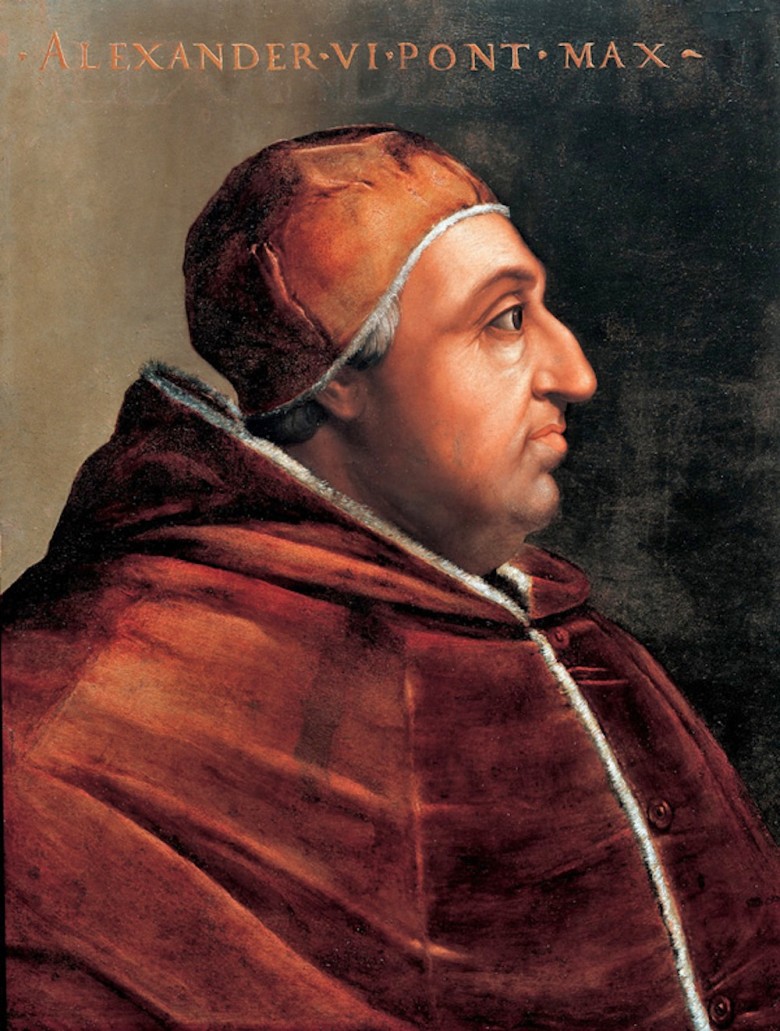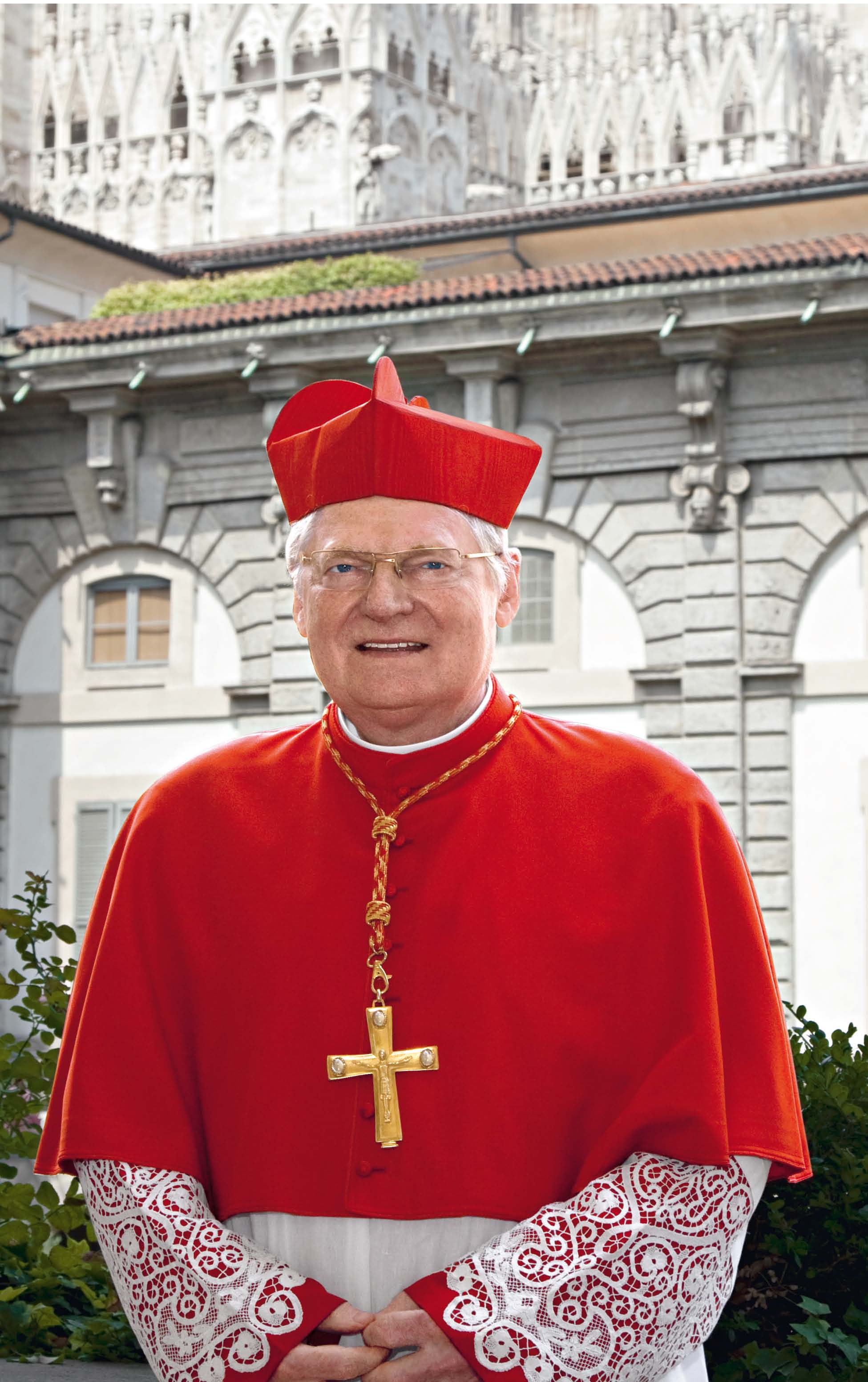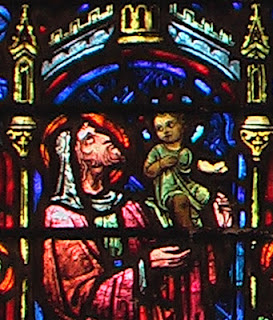The Papacy could have taken a different
form—and it still can.
The papacy is the world's oldest
continuously existing office. But that doesn't mean it always
looked the way it does today. The papacy as we know it took almost
2000 years to take this shape, and it can continue to change
according to the needs of the Church.
The experience of the first bishops of
Rome was hardly what we could call “pontifical.” Waves of
persecution, sometimes lackadaisical, sometimes ferocious, ensured
that the local bishop kept a fairly low profile in civil society.
Besides, the local bishop probably only
had a low social
profile: Callistus II (+222), for example, had been a slave.
Things
changed dramatically when Constantine legalized Christianity—and
then started constructing shrines over the tombs of Peter and Paul.
The first church buildings began to appear on the sites of the homes
that had hosted the community. Many of these churches are known to
this day by the names of the homeowners: Cecilia, Chrysogono,
Susanna, Praxedes, Pudentiana...) (You can find a list of the
churches by family name and current name here:
http://romanchurches.wikia.com/wiki/Titulus.)
With the Church taking its place in society, leadership styles also
evolved. Popes no longer expected martyrdom to end their ministry.
Little by little, imperial trappings became associated with the
Bishop of Rome. Even the Roman “basilica” (royal) style of
architecture was used for Churches.
At about the same time, though,
Imperial Rome moved east, to the newly named “Constantinople”
(Constantine's city), the “new Rome.” Old Rome was left more or
less to fend for itself, and the Bishop of Rome stepped into the
void. Leo the Great is credited with convincing Attila the Hun to
spare the decrepit city; a century later, Gregory (also “the
Great”), a monk with diplomatic experience, used his organizational
skills (he had been Prefect of Rome) for the relief of the needy,
setting up an administrative system to streamline assistance. In
effect, Gregory restored government to the city. Now he was not just the Bishop of Rome, he was the de facto mayor. Temporal rule was added to the evangelical tasks of "feed My lambs, feed My sheep."
By Gregory's time,
the Church also had land holdings (the farms that produced the goods
Gregory's system distributed). These farms, supplemented 3 centuries
later with a dubious land grant attributed to Constantine, became the
nucleus of the later “Papal States.” Its last remnant is Vatican
City.
It was Gregory who sent missionaries to
England, extending the immediate authority of the Bishop of Rome to
the far-off British Isles. Later missionaries from England took the
Gospel to the still-pagan parts of northern Europe, seeking
authorization (as well as bishops) from Rome, uniting all the
Christians of Europe even more clearly in communion with the Pope,
and giving the Bishop of Rome more of a direct hand in the life of
the churches in those lands.
Quick to notice the benefits offered by
a united Christendom, Charlemagne imposed the Papal liturgy on his
lands. (Given the slow work of copying such complicated manuscripts,
this was not entirely successful!) Centuries later, St Francis of
Assisi did something similar, telling his friars (in 1223) that their
liturgies should follow the rites of Rome and not of the various
locations they found themselves in. Both Charlemagne and Francis
grasped the unifying quality of the Pope's role. So the papal
liturgies had, at least on paper, pride of place even in lands with
their own ancient rites. Not until the Council of Trent would the
liturgical rites of Rome be mandated throughout the Latin Church,
unless a locale could prove that its own rites were over 200 years
old. (Conveniently, by the time of Trent the printing press assured
ample copies could be made available.)
Naturally, commercial interests also
sought to work this unifying power to their own advantage. With the
election of the Bishop of Rome in the hands of the priests and
people of the city, influential families (with connections throughout
Europe) sought to bend the outcome. Even legislation limiting votes
to “Cardinal-Bishops” did not free the papacy from being
manipulated and even controlled by the powerful, whether kings or
clans (see “
Bad Popes”). Like it or not, the Pope was now a
prince in his own right. He even started having a coronation--with a unique triple tiara style headdress that continued to be used for about 800 years—until Pope Paul VI retired his immediately after the ceremony.
With the series of revolutions in
Europe (beginning with France) that ushered in the modern political framework came the overturning of the former
relations between secular and religious authority. Where before a
ruler might have submitted nominations for bishop, now that was
either outlawed by the nation, or simply unthinkable (a
Freethinker—relativist—might be nominated!). The Pope began
directly appointing more and more bishops.
It was the loss of the Papal States in
1870 (with the birth of the modern nation of Italy)—along with the
birth of popular media—that, oddly enough, contributed greatly to
the high profile model of papacy we are familiar with today. Early
on, Blessed Pope Pius IX protested by declaring himself a “prisoner
of the Vatican.” (He had actually lost his residence, the
Quirinale, to the new Italian nation.) But there were advantages to
being limited to the tiny territory of Vatican City. The pope was now
free to focus on his pastoral ministry without being entrenched in
local politics.
 |
Commemorative coins issued by the Vatican on the occasion
of Pope Paul's speech before the U.N. General Assembly. |
Pope Leo XIII realized that he could
address “
the Condition of the Working Classes” with the
first-ever social encyclical. Pius X reversed his predecessors'
course and gave Italian Catholics permission to participate in
elections. John XXIII decided to be “prisoner of the Vatican” no
more and ventured out to Rome's hospitals and parishes and prisons.
And without any input whatsoever, he called a Council when it wasn't
all that apparent to most minds in Rome that one was called for. Paul
VI became the first “world” Pope, traveling not only out of
Italy, but crossing oceans to speak to the United Nations, visiting
the Holy Land, India and even Western Samoa (where he met one of the
talking chiefs: my local superior's dad!). The papacy had developed
in more ways than could have been imagined in the 2
nd or
8
th century.
And it can continue to develop. Pope
John Paul II's encyclical on Christian unity asked for input on how
the papal ministry could evolve to better serve the needs of the
whole Christian community. Pope Benedict XVI published books as a
private theologian under his given name and is resigning the papal office
itself—under no exterior pressure at all.
We haven't seen the end of the
development of the papacy.
This is the 5th in a series of 7 Things Every Catholic Should Know about the Papacy























